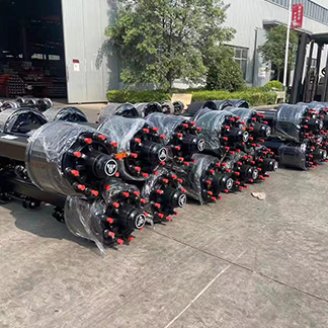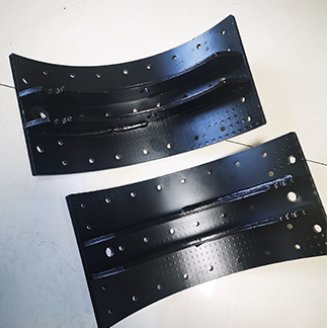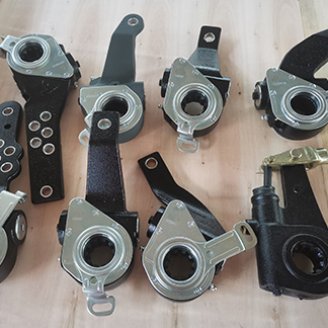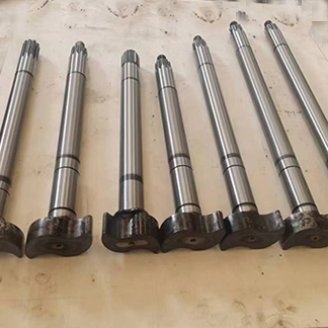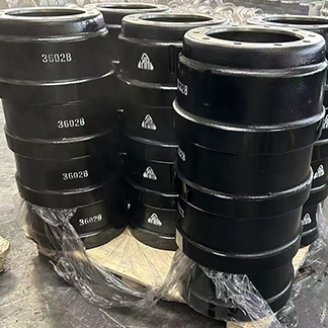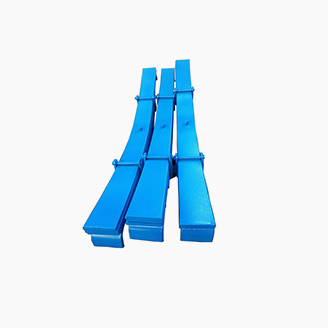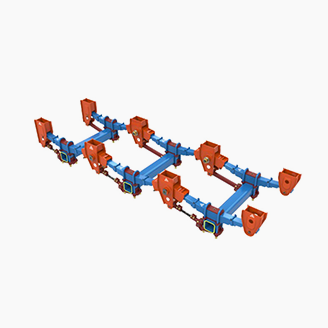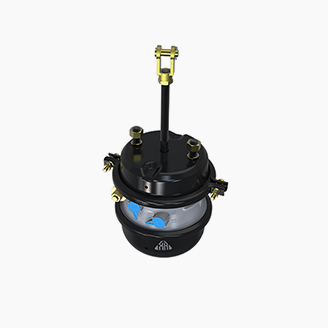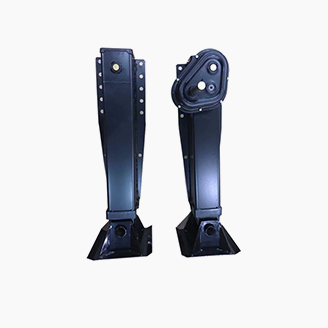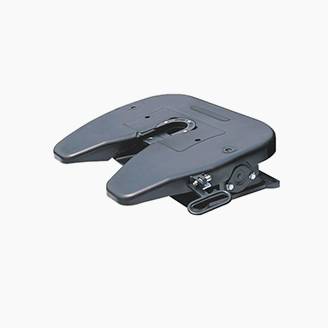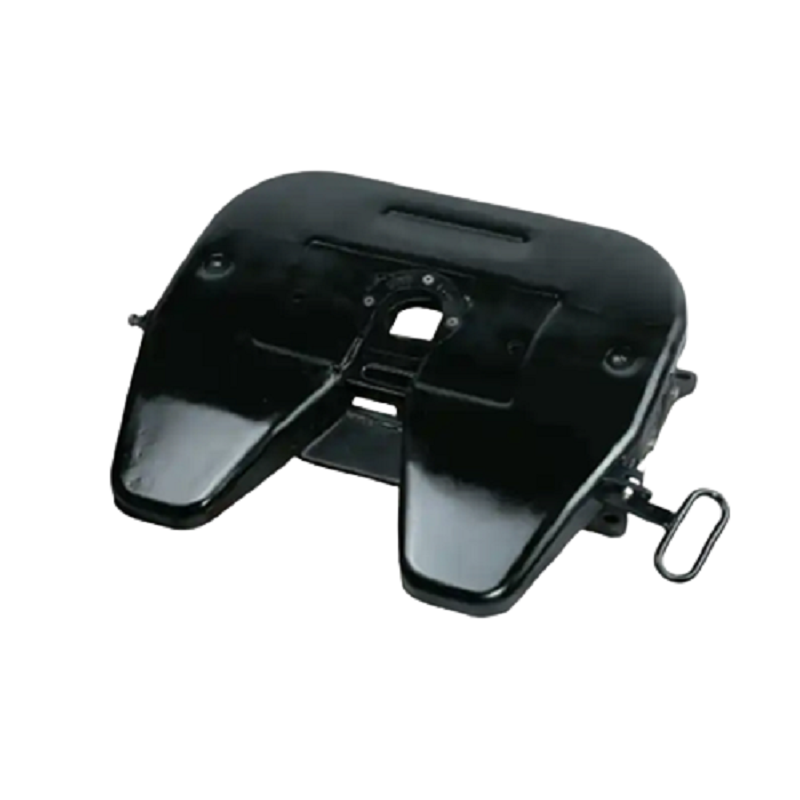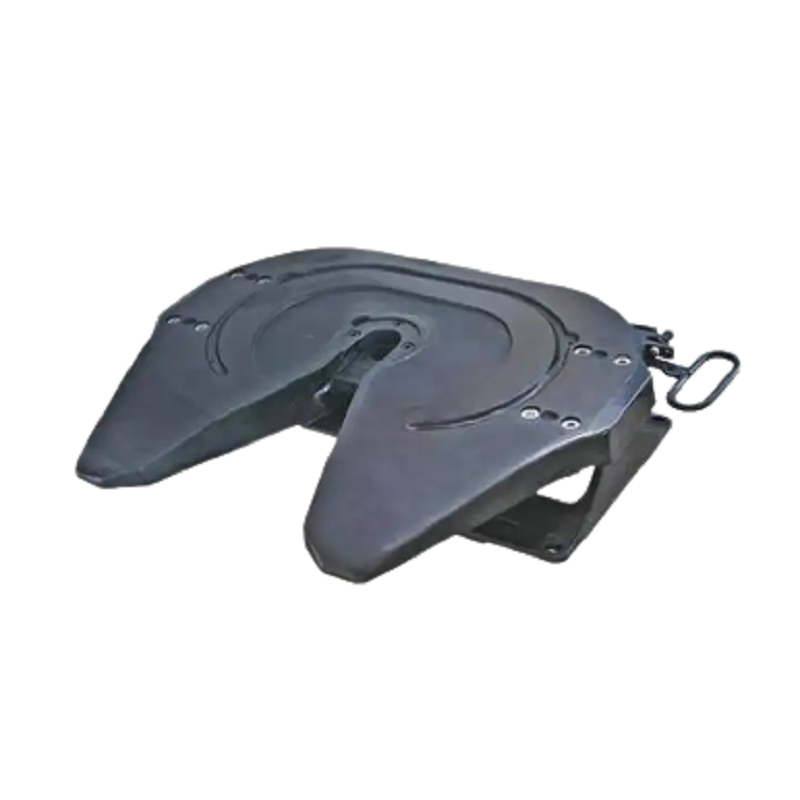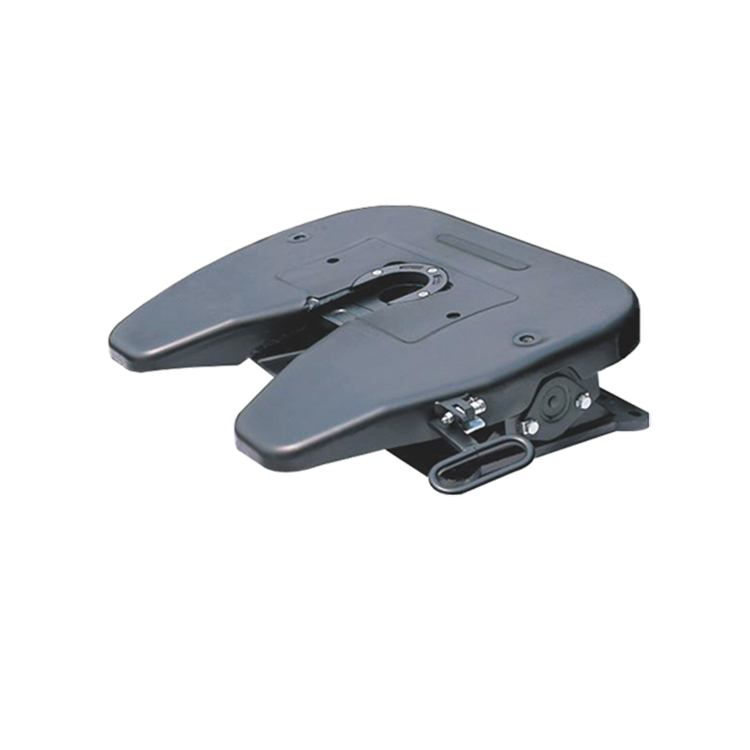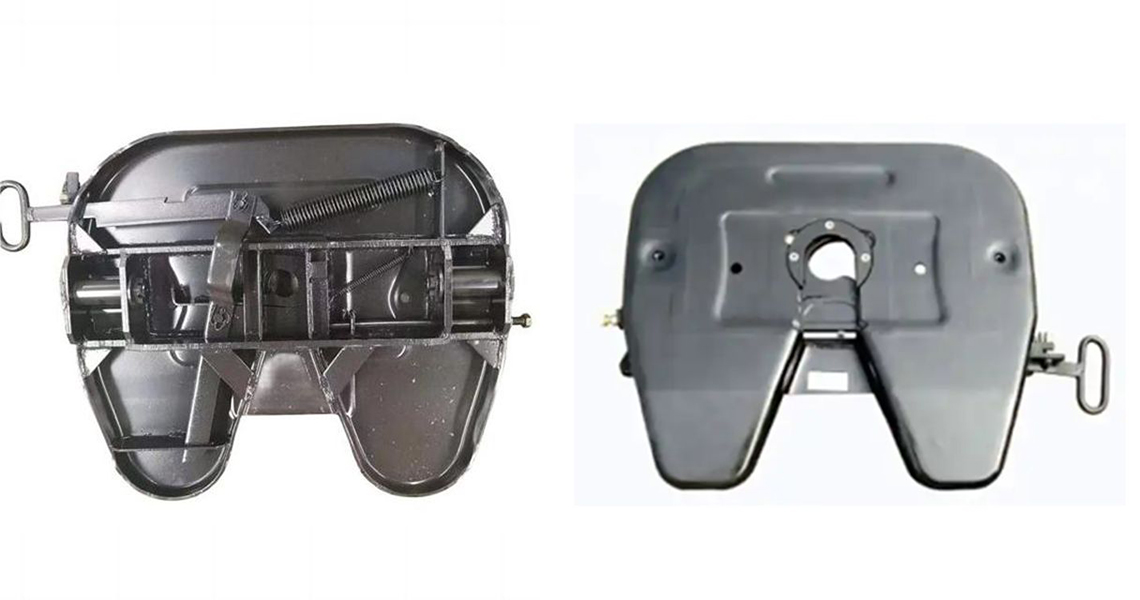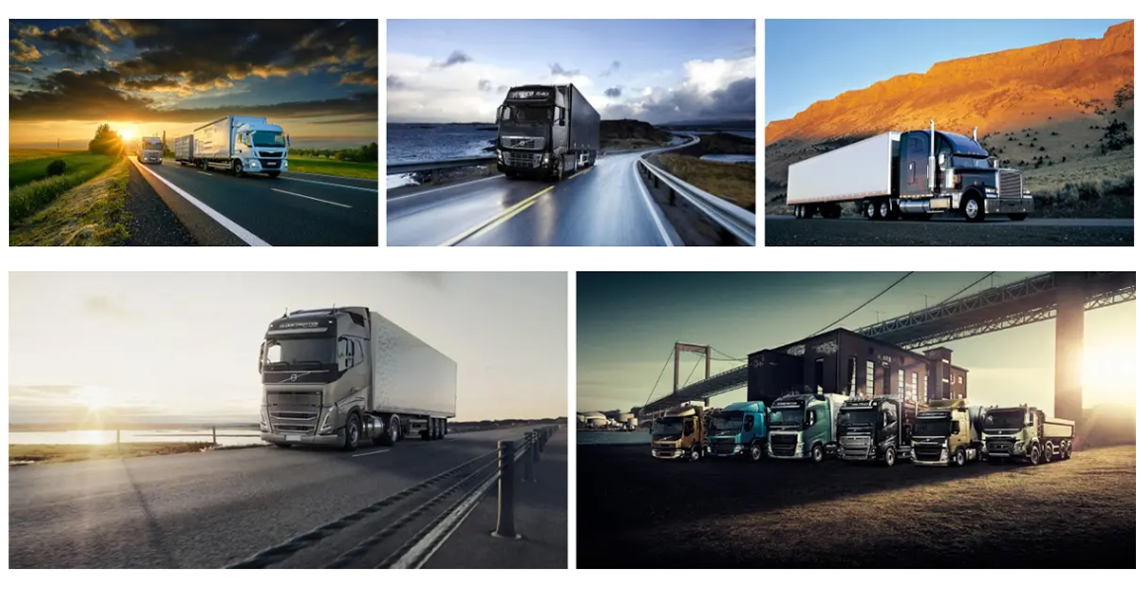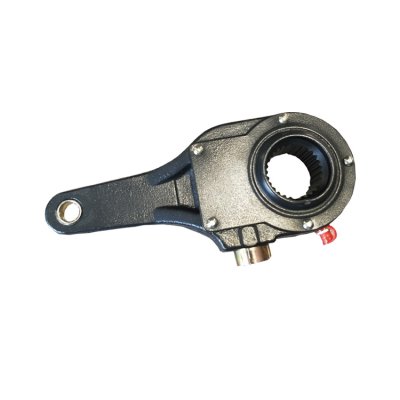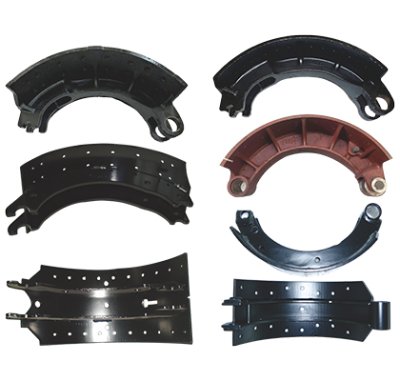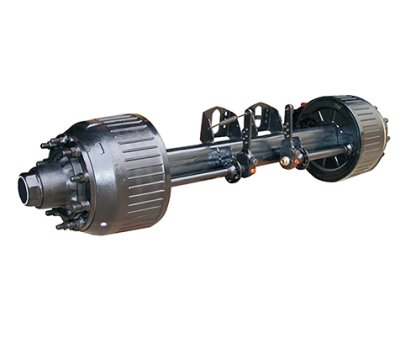Casting a semi-trailer fifth wheel involves using casting techniques to produce the main structural components of the fifth wheel hitch system. This process is essential for ensuring that the fifth wheel can handle the substantial forces and stresses involved in towing heavy loads. Here’s a detailed look at how casting is used in the production of semi-trailer fifth wheels:
1. Purpose of Casting in Fifth Wheel Manufacturing
Casting is used to create durable and complex components of the fifth wheel, including the base plate, jaws, and other critical parts. The casting process allows for the production of strong and precise parts that can withstand the high stresses experienced during towing.
2. Common Casting Processes
1. Sand Casting:
Process: Sand casting involves creating a mold from a sand mixture. The pattern of the fifth wheel part is embedded in the sand, which is then removed after the molten metal has been poured in.
Applications: Often used for parts with less complex geometries and where cost-effectiveness is a concern. It’s suitable for low to medium production volumes.
2. Investment Casting (Lost-Wax Casting):
Process: Investment casting involves making a wax model of the part, coating it with a ceramic shell, and then melting away the wax. Molten metal is poured into the cavity left by the wax.
Applications: Provides high precision and is used for parts with complex shapes and fine details. It’s suitable for medium to high production volumes where accuracy is crucial.
3. Die Casting:
Process: Molten metal is injected into a steel mold (die) under high pressure. The metal cools and solidifies quickly, allowing for the production of parts with consistent dimensions and smooth surfaces.
Applications: Ideal for high-volume production where parts need to be produced rapidly and with high precision.
3. Key Components Cast in Fifth Wheel Manufacturing
1. Fifth Wheel Base Plate:
Application: The base plate is the main component of the fifth wheel that mounts to the tractor’s frame. It provides the surface where the kingpin locks into place.
Benefits: Casting the base plate ensures it has the necessary strength and durability to support the trailer’s weight and withstand towing forces.
2. Jaws and Locking Mechanism:
Application: The jaws are part of the locking mechanism that grips the kingpin and secures the trailer to the tractor.
Benefits: Casting allows for precise manufacturing of the locking mechanism, ensuring reliable engagement and disengagement of the trailer.
3. Sliding Mechanism Components:
Application: Components involved in the sliding mechanism, which adjusts the fifth wheel’s position on the tractor to optimize load distribution.
Benefits: Casting these parts provides the necessary strength and smooth operation required for adjustment and maneuvering.
4. Advantages of Casting
1. Strength and Durability:
2. Design Flexibility:
3. Cost Efficiency:
4. Precision:
Benefit: Advanced casting methods, such as investment casting, offer high precision, which is important for ensuring the proper fit and function of fifth wheel components.
5. Quality Control and Testing
1. Inspection:
Process: After casting, parts are inspected for defects and dimensional accuracy. This may include visual inspections, dimensional checks, and non-destructive testing such as X-ray or ultrasonic testing.
2. Heat Treatment:
3. Machining and Finishing:
6. Practical Considerations
1. Material Selection:
2. Design Specifications:
3. Maintenance:
In summary, casting is a critical process in the production of semi-trailer fifth wheels, providing the strength, precision, and durability required for safe and effective towing. Understanding the different casting methods and their applications helps in selecting the appropriate approach for manufacturing high-quality fifth wheel components.
![Casting Semi Trailer Fifth Wheel Casting Semi Trailer Fifth Wheel]()
